Lesson 1: History of Bien Hoa - Dong Nai pottery
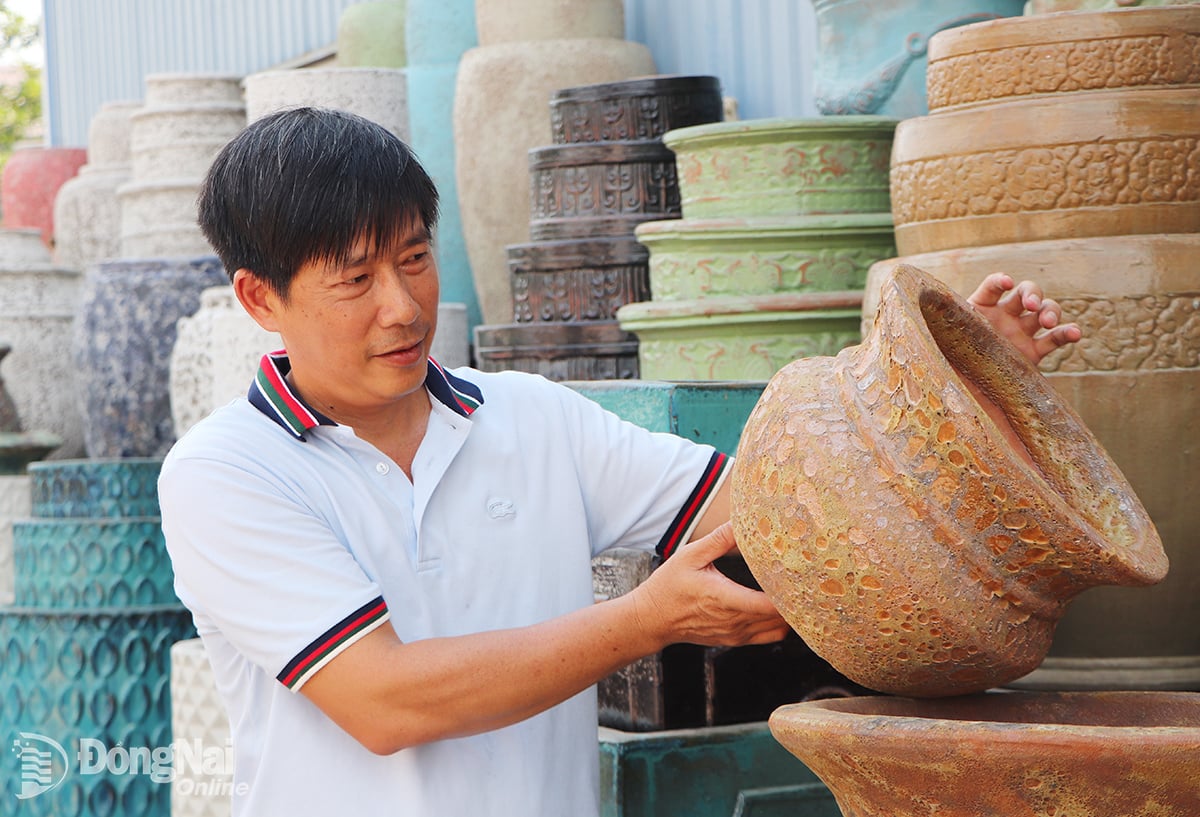 |
| According to the Dong Nai Ceramics Association, about 95% of Bien Hoa ceramic products are currently for export, with the domestic market accounting for only 5%. Photo: N. LIEN |
Some ceramic manufacturing enterprises said that in the 20th century and early 21st century, Bien Hoa - Dong Nai ceramics had periods of decline and were at risk of disappearing. At that time, both domestic and export markets were narrowed due to the impact of war and global economic and financial recession.
Market impacts
According to ceramic artisans, during the process of formation and development of more than 300 years, Bien Hoa - Dong Nai ceramics had important milestones in development. Specifically, from 1920-1940, Bien Hoa ceramics were in their "golden age", because this was the period when the French developed Bien Hoa - Dong Nai ceramics to reach its peak with a blooming bronze green glaze color that could not be found anywhere else.
From 1940 to 1975, Bien Hoa - Dong Nai pottery still maintained its development. During this period, Bien Hoa - Dong Nai pottery began to apply new production technology, with more diverse designs and products, meeting wider usage needs.
After 1975, Bien Hoa - Dong Nai ceramics faced many difficulties in the first few years. Since the 1980s, Bien Hoa - Dong Nai ceramics recovered quickly, exporting products to many countries around the world. However, Bien Hoa ceramics faced increasingly fierce competition from both domestic and foreign markets. Therefore, many ceramic enterprises and establishments could not survive and had to reduce production.
By 2009, the global economic crisis occurred, causing many economic sectors to plummet, including the ceramic export industry. From here, difficulties continued to occur, creating challenges for the ceramic industry. To protect a clean living environment, the ceramic industry was not encouraged to operate in residential areas to ensure a living environment for local residents. Therefore, ceramic enterprises and production facilities had to find capital to relocate, invest in factories, and modern machinery and equipment to ensure adequate conditions for ceramic production activities.
After a long period of hardship, in 2016-2018, the world economic situation stabilized, the ceramic industry also recovered from here, with more orders. However, while on the path to recovery, the Covid-19 pandemic once again caused difficulties for many industries, including the ceramic industry. Since the Covid-19 pandemic, the number of orders from ceramic enterprises and production facilities has decreased by 50%. Notably, the event that the US plans to impose a 46% reciprocal tax on Vietnam will continue to have a major impact on export orders. In fact, some enterprises have been affected.
Director of Phong Son Ceramic Import-Export Trading and Service Company Limited (Bien Hoa City) Hua My Chieu said that currently 80% of Phong Son's export orders are to the US market. Therefore, immediately after the US announced its policy of imposing reciprocal tariffs on Vietnam, the company was urged to deliver goods before the tax policy took effect. Some partners even canceled their contracts after placing orders, making the already difficult business even more difficult.
Businesses "braving the storm"
In addition to the development efforts of some enterprises, in recent years, due to the impact of the domestic and world economy, the ceramic industry is facing many difficulties. In addition to the main cause of being affected by the epidemic, the ceramic industry is also affected by complex political and security developments in the world.
According to Mr. Hua My Chieu, the ceramic art industry is not a major consumer industry, so when the economy is in difficulty, the demand for decoration and beautification of houses, gardens, constructions, etc. decreases sharply.
To overcome the difficulties, the company has diversified its ceramic products, with many designs and colors. However, it is still necessary to wait for the economy to recover, when the people's economy will improve, the demand for shopping and home decoration will have a chance to increase again.
In addition to market difficulties, according to enterprises, since moving to Tan Hanh Ceramic Industrial Cluster (Bien Hoa City), the market decline has led to a decrease in enterprise revenue. To overcome the difficulties, enterprises have proposed and recommended that the State pay attention to and support enterprises in maintaining and preserving the ceramic industry. Specifically, each enterprise is currently allowed to rent 5,000 m2 of production land in the industrial cluster, but enterprises are only allowed to build on 50% of the rented land area. With the above conditions, enterprises do not have enough area for production. Enterprises hope that the authorities will have a plan to support enterprises in increasing the rented land area to ensure production and business.
General Secretary of Dong Nai Ceramics Association Vong Khieng shared that, along with recommendations on increasing the leased land area in the industrial park, the association is recommending that the authorities plan the raw material area for Bien Hoa ceramics. According to Mr. Khieng, to have Bien Hoa ceramic products, the right source of raw materials must be used. Therefore, in order for the Bien Hoa ceramics industry to maintain and develop sustainably, there needs to be a raw material area for the most effective management and exploitation.
Ngoc Lien
Source: https://baodongnai.com.vn/kinh-te/202504/hanh-trinh-cua-gom-bien-hoa-dong-nai-bai-2-gom-bien-hoa-dong-nai-voi-nhung-not-tram-trong-bao-ton-va-phat-trien-9f96771/



![[Photo] Prime Minister Pham Minh Chinh starts construction of vital highway through Thai Binh and Nam Dinh](https://vphoto.vietnam.vn/thumb/1200x675/vietnam/resource/IMAGE/2025/5/12/52d98584ccea4c8dbf7c7f7484433af5)


![[Photo] Buddha's Birthday 2025: Honoring the message of love, wisdom, and tolerance](https://vphoto.vietnam.vn/thumb/1200x675/vietnam/resource/IMAGE/2025/5/12/8cd2a70beb264374b41fc5d36add6c3d)

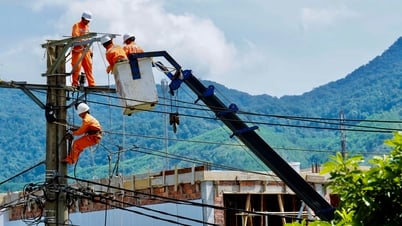

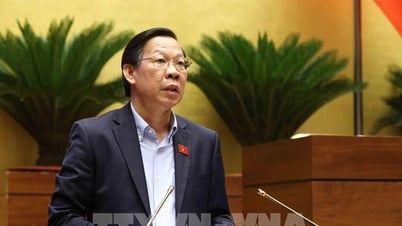
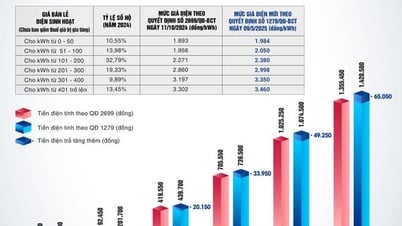
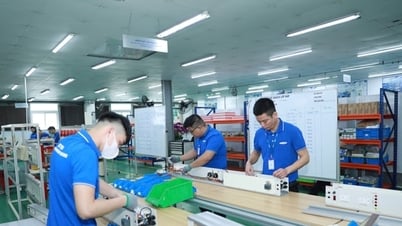







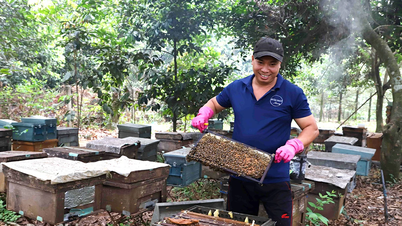



![[Photo] General Secretary To Lam meets and expresses gratitude to Vietnam's Belarusian friends](https://vphoto.vietnam.vn/thumb/1200x675/vietnam/resource/IMAGE/2025/5/11/c515ee2054c54a87aa8a7cb520f2fa6e)






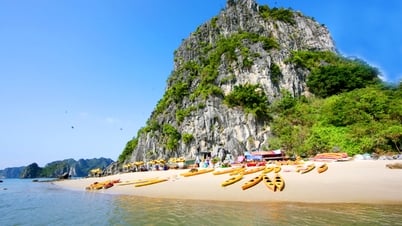

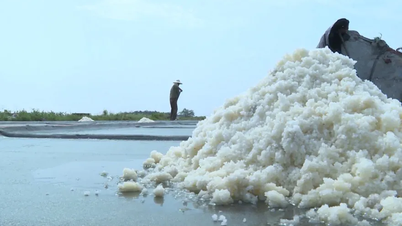




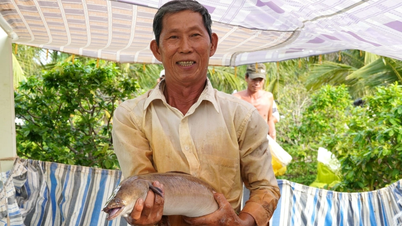










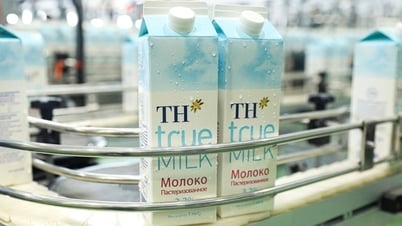

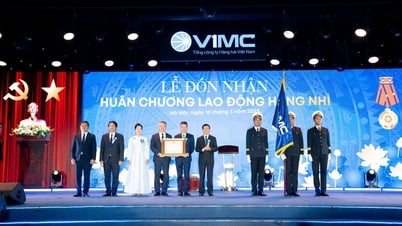
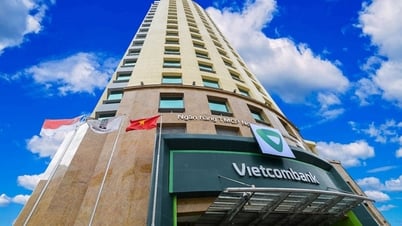





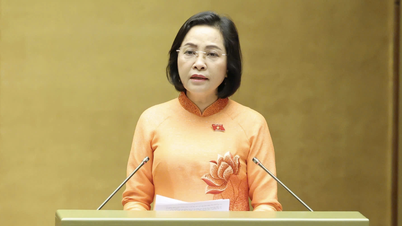





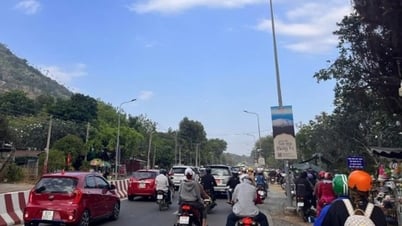




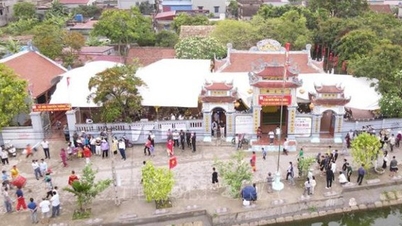



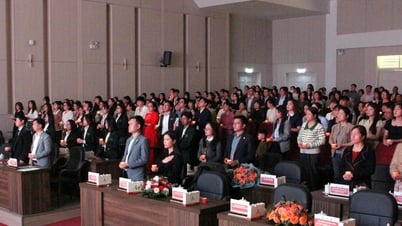

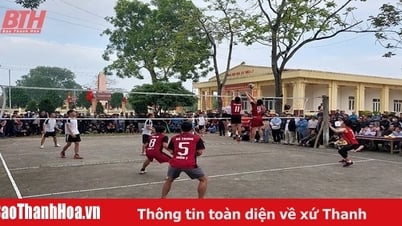














Comment (0)